Measuring how efficiently an isotope captures neutrons of various energies both confirms and refutes some surprising recent results.
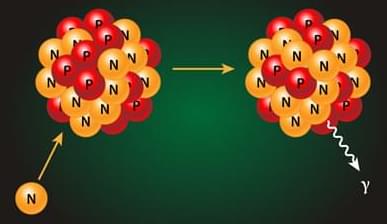


New RNA-based active agents reliably protect plants against the Cucumber mosaic virus (CMV), the most common virus in agriculture and horticulture. They were developed by researchers at the Martin Luther University Halle-Wittenberg (MLU).
The active ingredients have a broad spectrum effect; a series of RNA molecules support the plant’s immune system in combating the virus. In laboratory experiments, 80 to 100% of the treated plants survived an infection with a high viral load, as the team reports in Nucleic Acids Research.
Their paper has been selected as a “breakthrough article” by the journal. The researchers are now working on transferring the idea from the laboratory into practice.
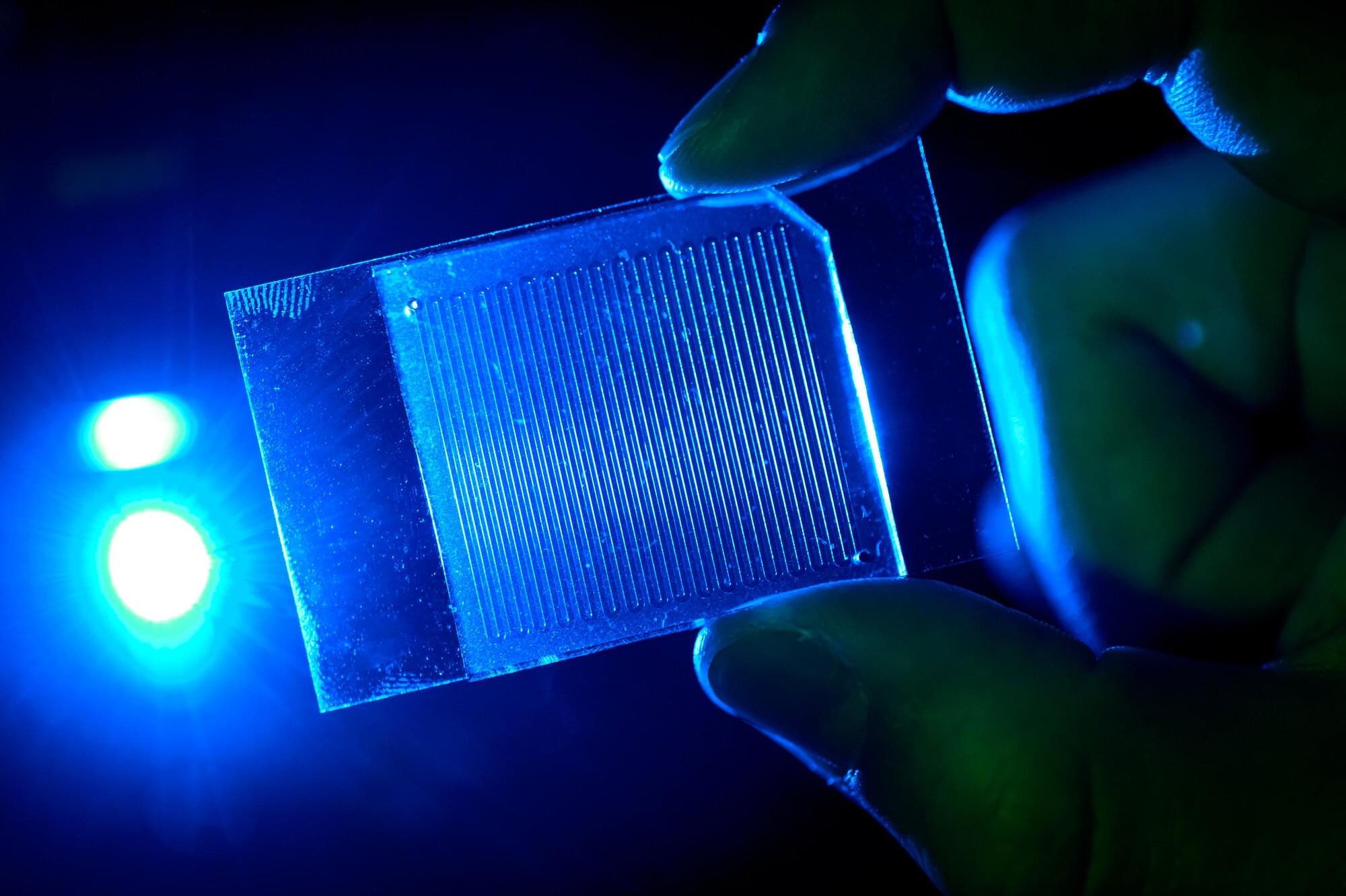
Some notoriously difficult-to-treat infections may not be as resistant to antibiotics as has been thought, according to new research using a microfluidic device that more closely duplicates the fluid flow found in the body than standard cultures.
The University of Illinois Urbana-Champaign research team, led by biochemistry professor Joe Sanfilippo, tested antibiotic agents against Pseudomonas aeruginosa, considered one of the most highly resistant pathogens. They introduced the drugs at varying rates of fluid flow and found that, while the bacteria thrived at no or low fluid flow, the antibiotics killed the bacteria at higher flow rates.
“Anytime you take an antibiotic orally or by IV, it’s not immediately in the place it is supposed to be. It will get there by flowing in the bloodstream. Other fluids move throughout the body as well: in the lungs, the urinary tract, the digestive tract. Yet biologists don’t really study the impact of fluid flow when they study pathogens,” Sanfilippo said.
It’s difficult to build devices that replicate the fluid, precise motion of humans, but that might change if we could pull a few (literal) strings. At least, that’s the idea behind “cable-driven” mechanisms in which running a string through an object generates streamlined movement across an object’s different parts. Take a robotic finger, for example: You could embed a cable through the palm to the fingertip of this object and then pull it to create a curling motion.
While cable-driven mechanisms can create real-time motion to make an object bend, twist, or fold, they can be complicated and time-consuming to assemble by hand. To automate the process, researchers from MIT’s Computer Science and Artificial Intelligence Laboratory (CSAIL) have developed an all-in-one 3D printing approach called “Xstrings.” Part design tool, part fabrication method, Xstrings can embed all the pieces together and produce a cable-driven device, saving time when assembling bionic robots, creating art installations, or working on dynamic fashion designs.
In a paper to be presented at the 2025 Conference on Human Factors in Computing Systems (CHI2025), the researchers used Xstrings to print a range of colorful and unique objects that included a red walking lizard robot, a purple wall sculpture that can open and close like a peacock’s tail, a white tentacle that curls around items, and a white claw that can ball up into a fist to grab objects.
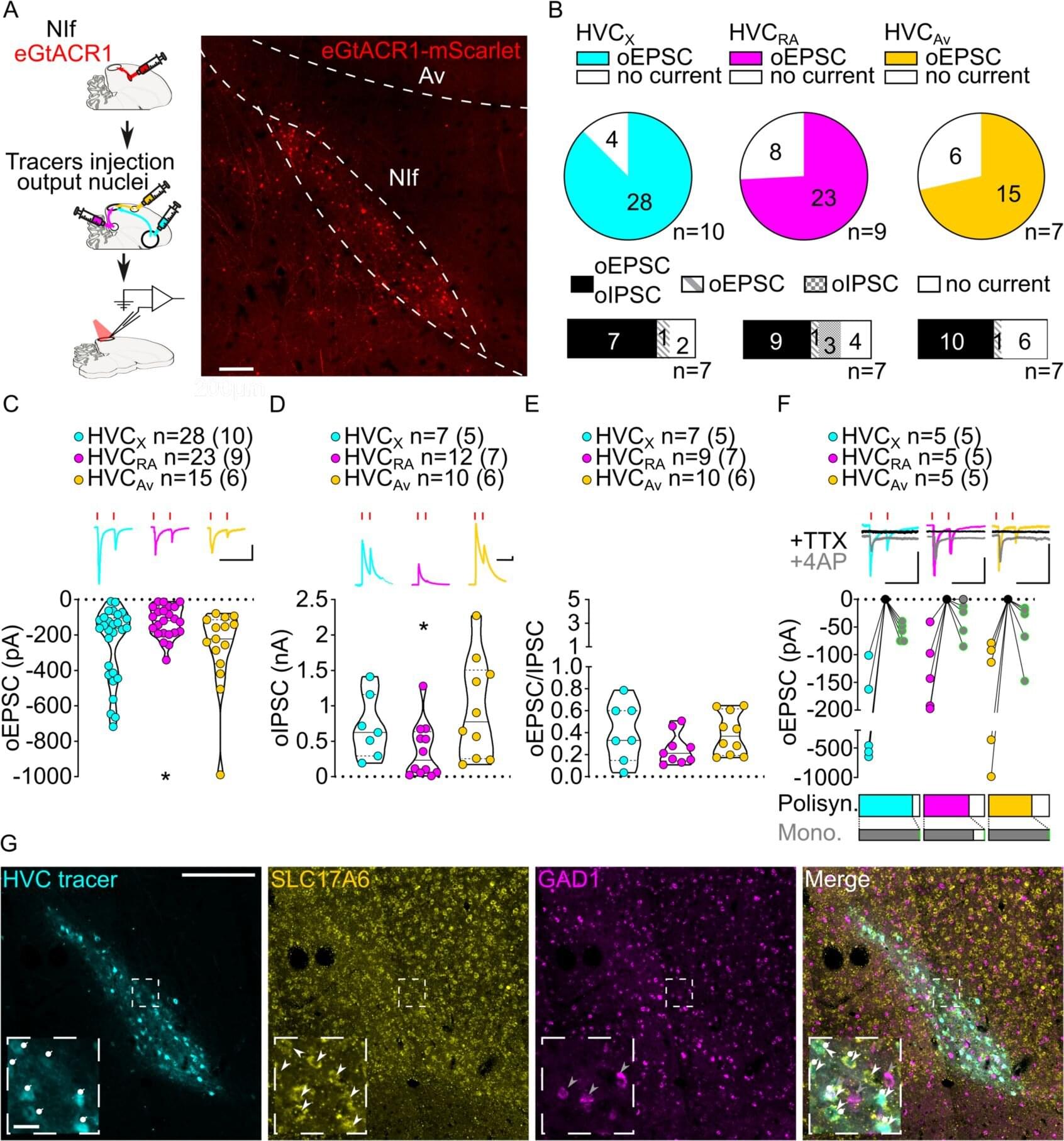
Researchers have mapped the long-range synaptic connections involved in vocal learning in zebra finches, uncovering new details about how the brain organizes learned vocalizations such as birdsong.
The study, published as a Reviewed Preprint in eLife, is described by the editors as having fundamental significance and compelling evidence clarifying how four distinct inputs to a specific region of the brain act on three distinct cell types to facilitate the learning and production of birdsong.
Understanding how the brain integrates sensory and motor information to guide learned vocalizations is crucial for studying both birdsong and human speech. The courtship song of male zebra finches is a well-studied example of a naturally learned behavior, and is controlled by a set of interconnected forebrain regions in the dorsal ventricular ridge (DVR)—the avian equivalent of the mammalian neocortex.
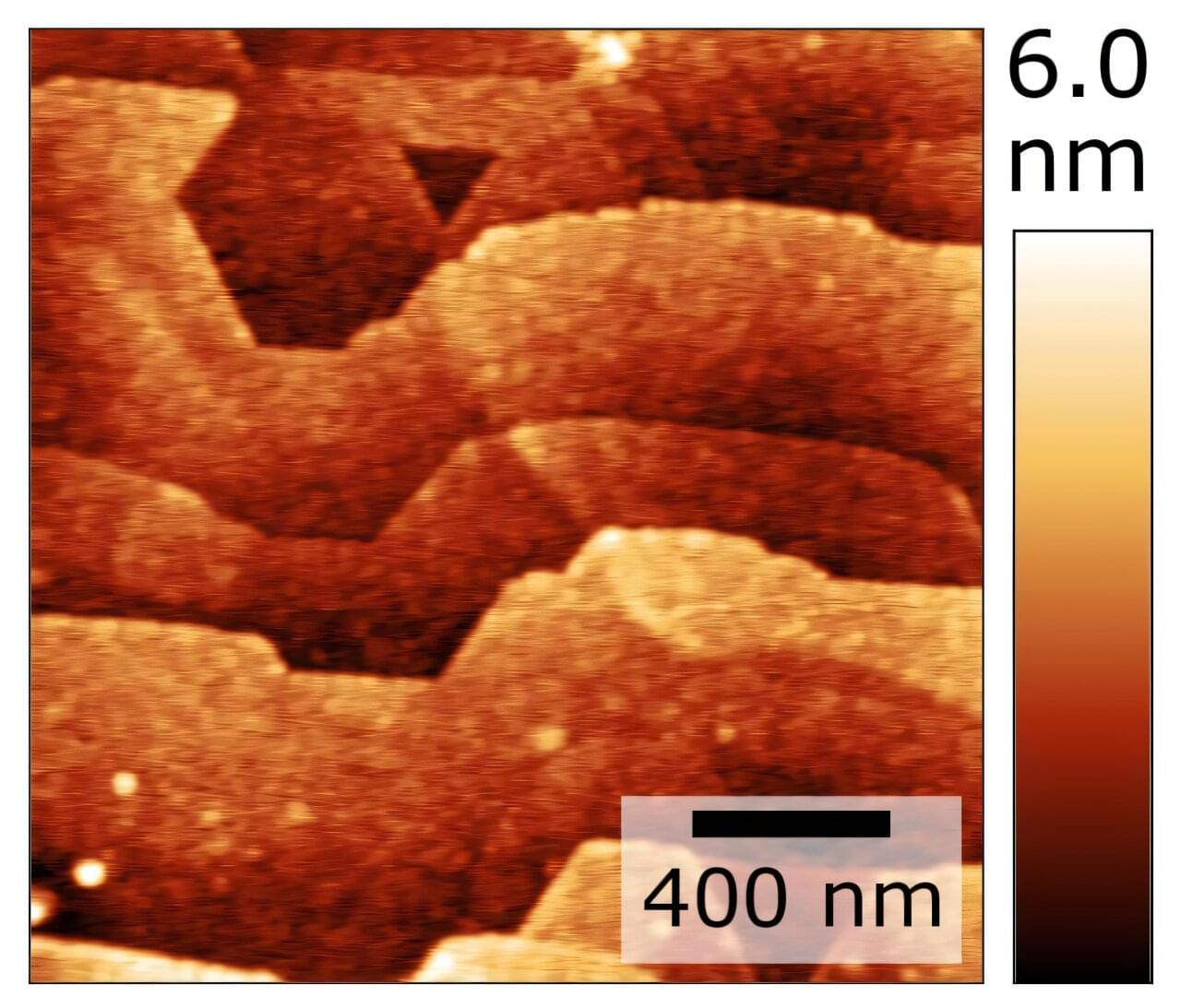
As the growth in global electricity need and supply continues to accelerate, efficient power electronics will be key to improving grid efficiency, stability, integration, and resilience for all energy sources.
Advances in wide-bandgap materials for semiconductors offer the potential to enable greater power handling in power electronics while reducing electrical and thermal losses. Wide-bandgap materials also allow for smaller, faster, more reliable, and more energy-efficient power electronic components than current commercial silicon-based power electronic components.
Researchers from the National Renewable Energy Laboratory (NREL), the Colorado School of Mines, and Oak Ridge National Laboratory examined a potential route to achieve peak performance of aluminum gallium nitride, AlxGa1-x N, a key material for increasing power electronics’ energy efficiency and performance, through growth on optimized substrate materials.

In a fun experiment, Max Koch, a researcher at the University of Göttingen in Germany—who also happens to be passionate about homebrewing—decided to use a high-speed camera to capture what occurs while opening a swing-top bottle of homebrew.
When Robert Mettin, who leads the Ultrasound and Cavitation group at the university’s Third Institute of Physics, Biophysics, suggested that Koch should submit the findings to the special “kitchen flows” issue of Physics of Fluids, Koch and his colleagues chose to expand on the home experiment and delve into the novel acoustics and physics at play.
The group found that the sound emitted by opening a pressurized bottle with a swing-top lid isn’t a single shockwave, but rather a very quick “ah” sound. Their high-speed video recordings captured condensation within the bottleneck that vibrated up and down in a standing wave.
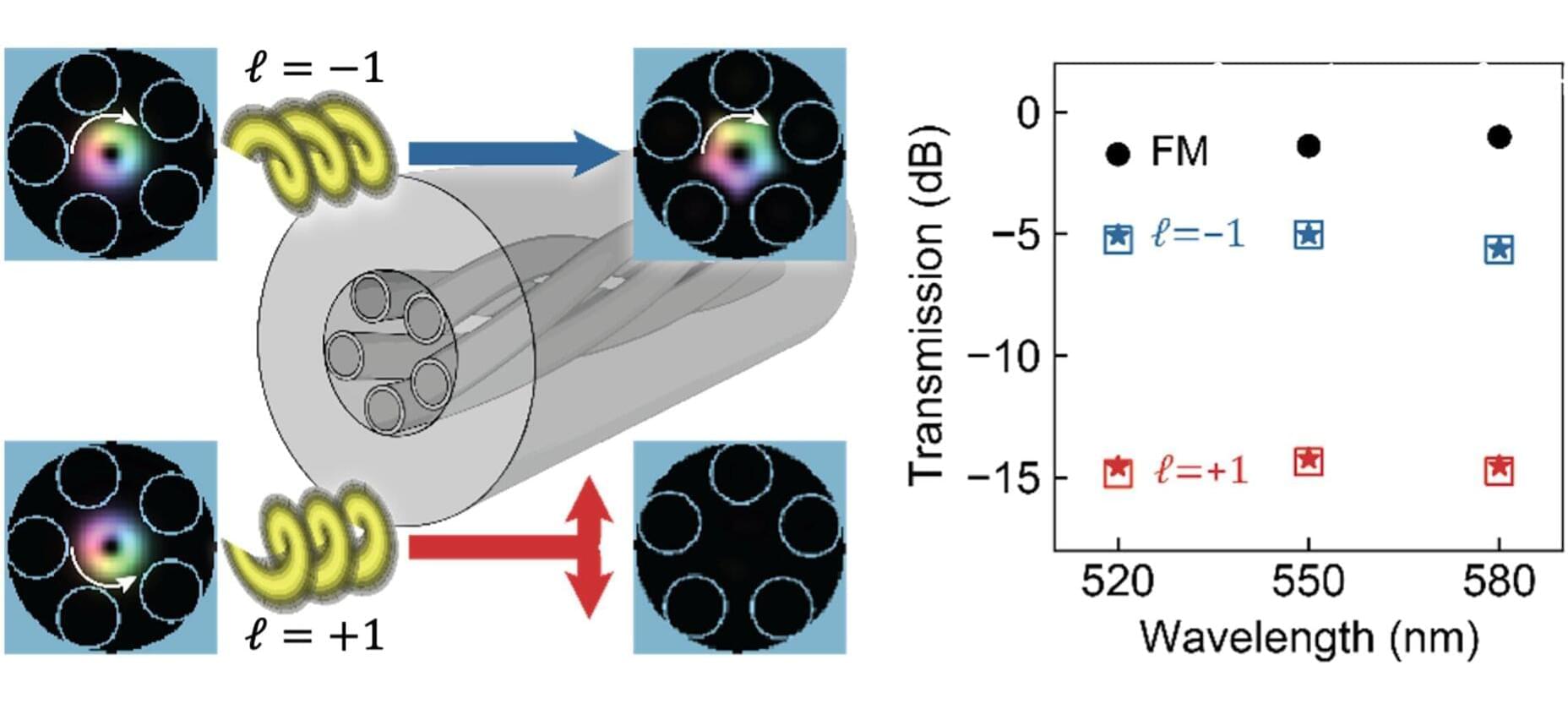
Optical fibers provide an excellent platform for transmitting light over long distances, manipulating it and enhancing light-matter interaction. Now, the “Ultrafast & Twisted Photonics” research group at the Max Planck Institute for the Science of Light (MPL) has developed a new hollow-core fiber that selectively guides optical vortices depending on their helicity and has potential applications in chiral sensing, vortex mode generation, and optical communications.
The results were recently published in the journal ACS Photonics.
In addition to transmitting light over long distances, optical waveguides provide convenient ways of enhancing the interaction of light with matter and manipulating the properties of the guided light. Among several light attributes, pure polarization states are crucial for many applications and research areas.
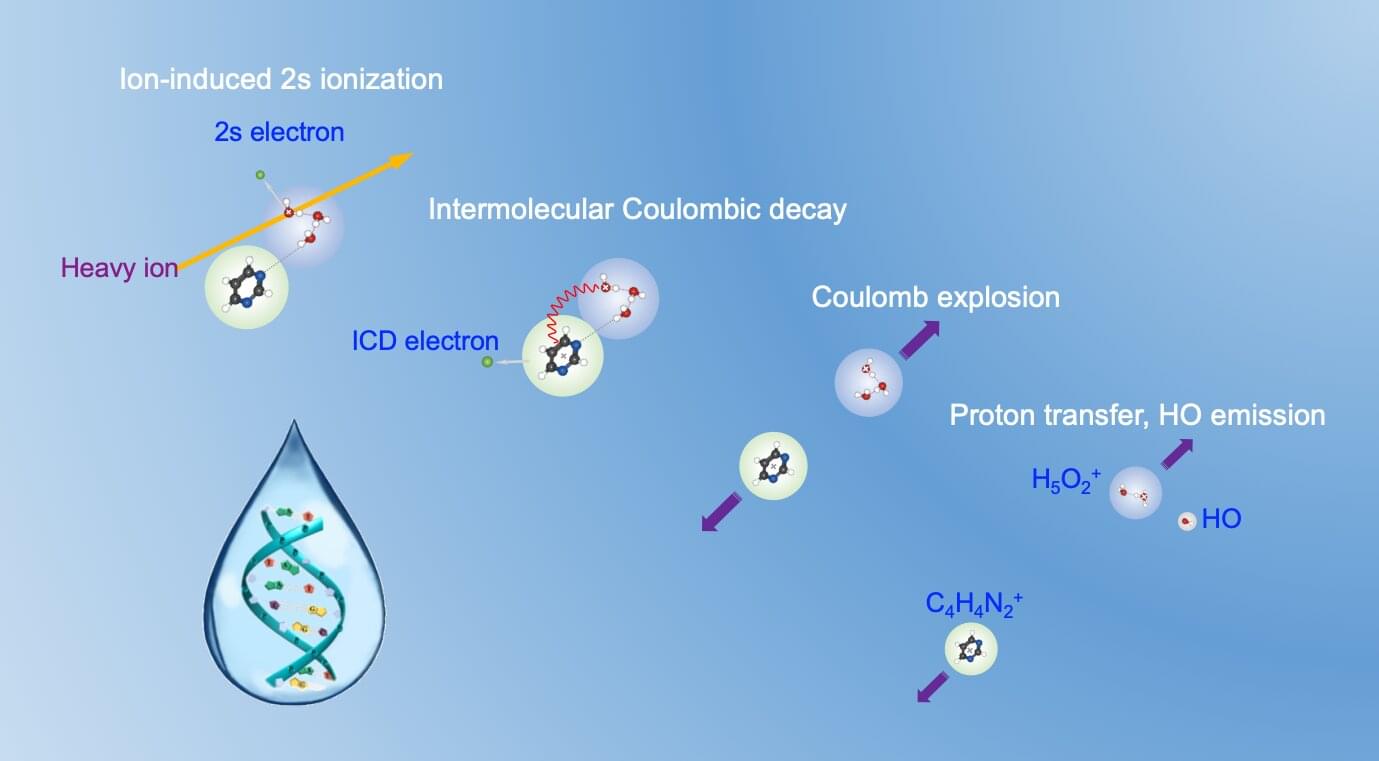
Heavy-ion therapy, one of the most advanced radiotherapy techniques, has proven to be more effective than conventional X-rays and proton radiation in cancer treatment. However, the mechanisms behind this superior biological effectiveness remain unclear.
Published in Physical Review X on March 11, a new study has uncovered a key mechanism involving intermolecular Coulombic decay (ICD) in aqueous environments initiated by heavy-ion irradiation, providing insights about the effectiveness of such irradiation.
The study was conducted by researchers from the Institute of Modern Physics (IMP) of the Chinese Academy of Sciences (CAS), in collaboration with researchers from Russia’s Irkutsk State University, Germany’s Heidelberg University, the University of Science and Technology of China, Xi’an Jiaotong University, and Lanzhou University.
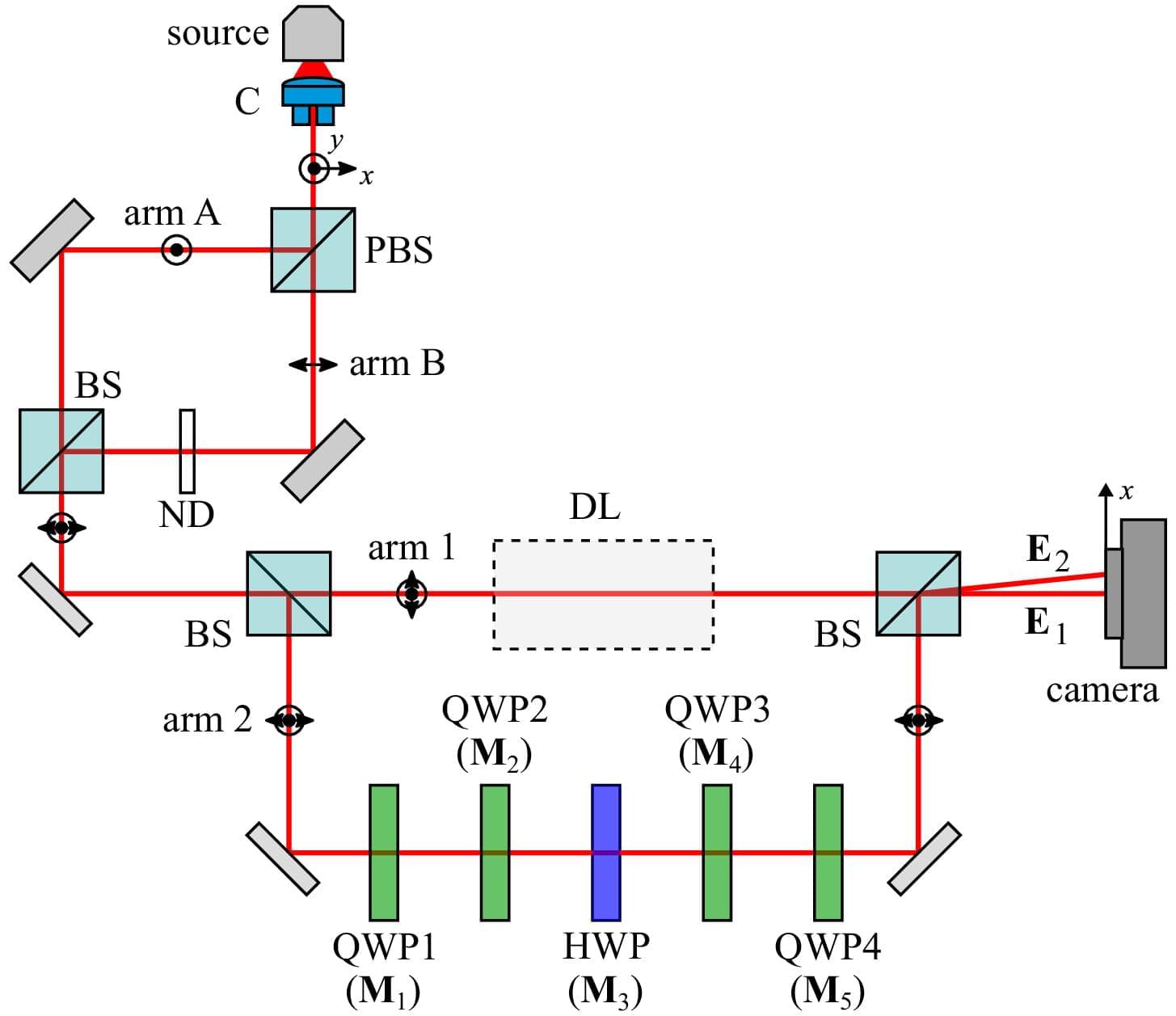
Led by researchers at the University of Eastern Finland, a recent study demonstrates that random light acquires an additional phase factor, known as the geometric phase, when its oscillation direction (i.e., polarization) is altered in a deterministic manner.
Light is an electromagnetic wave that oscillates periodically, and its phase refers to a specific point in the cycle. Light can be highly organized, meaning the waves oscillate in a specific direction, or its direction may involve randomness.
Previous studies have shown that altering the polarization of well-organized light leads to an accumulation of an additional phase. The current study extends the analysis to random light.